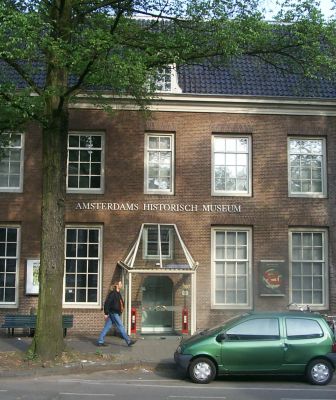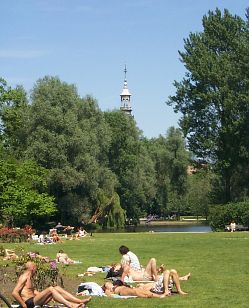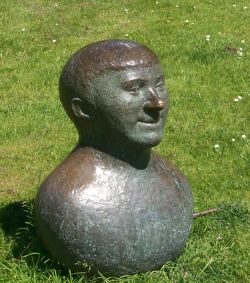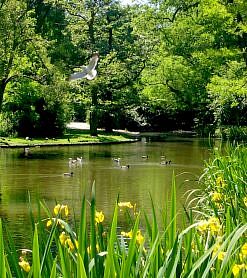If you’re one the fortunate few who have a Makro card, you can shop at one of the best stores in Amsterdam. Like its distant cousin, Costco, the Makro specializes in quality goods at wholesale prices. The catch is that you must have a registered business to qualify to shop there. That means a KvK number (Kamer van Koophandel – Chamber of Commerce).
If you can pass that hurdle, you’ll be amazed at what you can buy all in one place, and how marvelous the prices are! The store is divided into two sections. A food store and a department store. You must visit each separately and checkout twice, a real hassle.
The food section has a very good selection of quality wines. After consuming numerous cases I can state unequivocally there were no bad bottles in the bunch. And prices are very good too. Their selection of hard liquor and sweet liquers is likewise good. Unlike the wine, beer and soda is sold here by the case only.
You’ll want to stock up on their canned goods at great prices. Of course just like Costco, you must be prepared to buy by the case. This means you must bring a car to shop here. And you should have enough storage in your Amsterdam flat to put all this stuff! Otherwise go easy on the large items.
Their produce section is good with very high quality the rule. Prices vary, but certain items can be very cheap compared to the supermarkets.
The frozen food section is unsurpassed anywhere! It’s huge! On my last visit I scored 800 grams of 20-29 count shrimp for 12 Euros, and they were really good, too! There’s also fine deals on other seafood and prepared frozen items.
Their bakery and cheese selection is good too. You can easily spend 1-2 hours just in this part of the store.
But hopefully you’ve already visited the dry goods section, because you don’t want to have perishables sitting in your car while you explore the department store which is even larger than the food section!
The department store has household goods, electronics, major appliances, clothes, toys, computer supplies, an excellent selection of glassware, bakeware, cooking items, etc. It’s all spread out on two floors, so be prepared to spend another hour or two exploring this part of the store.
There’s a nice restaurant upstairs if you need a break or to catch a bite while shopping.
Parking can be a nightmare here! Either arrive early, near opening time, or wait for a spot to open, or just hoof it in from the far reaches of the lot.
The worse part of the whole thing is the checkout. They don’t allow you to bring in boxes or bags, so everything must be loaded on to the conveyer belt one item at a time. If you have a lot of wine (like me) this is a big hassle.
Then you must stand in another line so someone can review your register receipt against what’s in your cart (like Costco). But here they count every item. And you stand there praying it matches the total on your receipt.
Hopefully you remembered to bring boxes or bags in your car, otherwise you’ll have to be careful how you load up bottles, produce and other items…
And just when you’ve gotten that put away in your car, you get to come back in and do it all over again on the otherside of the store! What fun!








